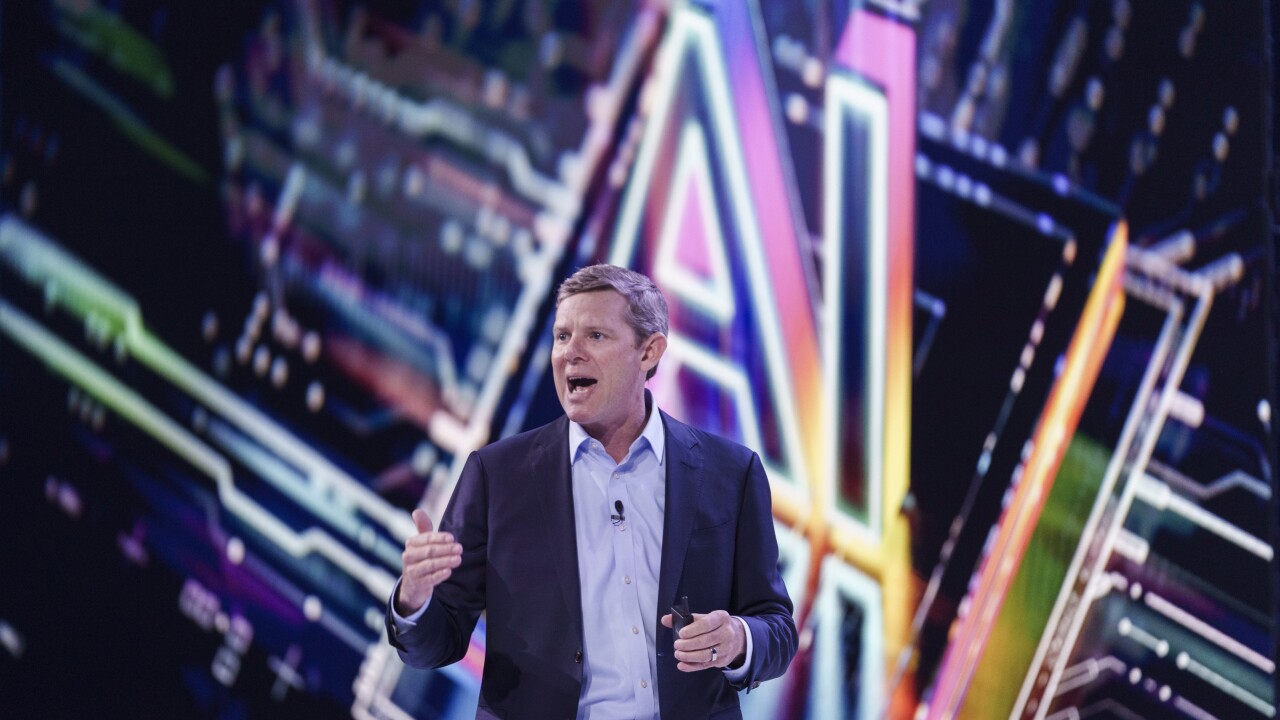"Most people come into government services or the private sector to do something exciting," Peretti said at a government and AI summit hosted by Nextgov/FCW in Washington, D.C., on Thursday.
"Over time they get stuck in the position of doing some kind of rote activity over and over. How do I use AI to break them free?"

AI is permeating the federal government. In a December report from the Government Accountability Office, the agency found 1,200 planned and current AI use cases across 23 agencies, with one-fifth already in use.
"The basic message is, AI isn't something that is going to happen. It is happening," Kevin Walsh, director of information technology and cybersecurity at the GAO, said on the same panel as Peretti. A follow-up report from the GAO that was released Monday found that 13 selected requirements around AI management and talent requirements from the
Anomaly detection is one area where AI has the potential to alleviate a burden and reduce employee turnover, Peretti said.
"It's mind-numbing to find the one thing that's wrong," he said. "It's where morale collapses."
As the Treasury department looks at areas where it can test generative AI, Peretti said he had been asked at one point to outline the parameters of what employees can do.
"I'm not sure what the parameters should be," he said. Instead, "Tell me what you'll explore. Let's give [employees] some freedom."
Project Fortress encompasses four initiatives Deputy Secretary Wally Adeyemo hopes will "improve the security and resilience of the financial services sector."
There are other questions about how AI is deployed across the government.
"On the Hill they often ask, how much are we spending on AI?" Walsh said. "I don't know there is a good way to find that out. You will see AI creeping into agencies where a vendor suddenly says, 'we can have AI parse these logs for you.'"
Legacy hardware and software present another challenge in implementing AI, but one that AI also has the potential to address.
"With the software we're starting to think about, how do we use AI to write new code in other languages?" said Peretti, especially older coding languages no longer taught in schools because they are no longer a viable career path.
It's an idea being floated in the financial industry as well. In an August interview with American Banker, Golden 1 Credit Union's chief digital officer Jay Tkachuk relayed the $19 billion-asset credit union's exploration into
Over the past few months, the Treasury department has been deepening its engagement with financial institutions, from
Nonetheless, both panelists also underscored the need for human oversight.
"The challenge we have is how do we release that ability for people to be creative, to free up some knowledge inside of them, but at the same time put proper parameters around it," Peretti said.
AI is a bit like an overeager intern, Walsh said.
"They can do good work for you but you should double-check it," he said.






